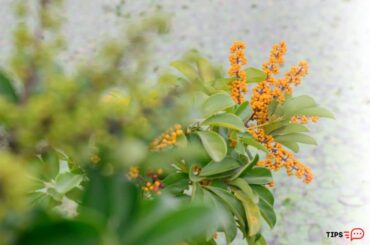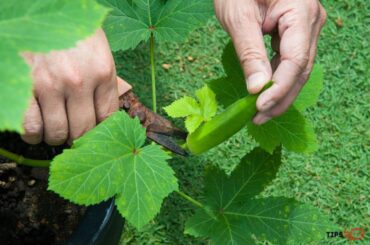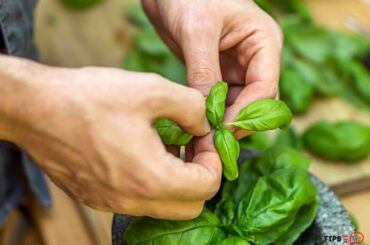When it comes to taking care of my plants, the first thing I consider is how to water them. I believe watering the plants has a great impact on the healthy and beautiful growth of the plants. Some people water plants whenever they want and end up facing so many troubles. Therefore, it is vital that you learn the right way to water the plants, as only then you can be an experienced gardener. In other words, the way you water the plants shows your gardening skills.
You need to be aware of the plant species, its size, the texture of the soil, the climate, and sunlight exposure when it comes to watering the plants. In other words, you need to adjust the amount of water you apply to plants depending on those factors.
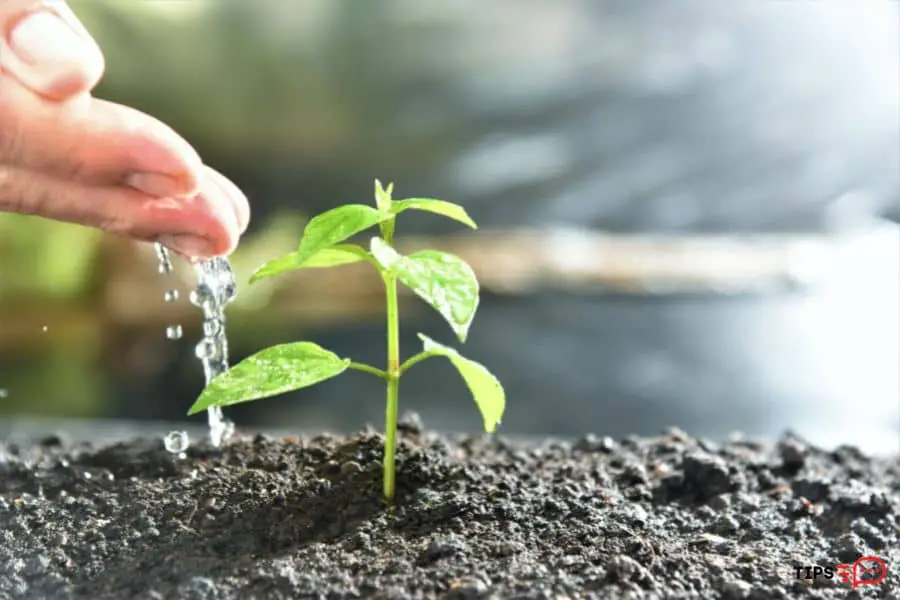
If you happen to overwater the plants, chances are that it will kill them. One might think that watering the plants is quite simple. However, in reality, many gardeners find it really difficult to water the plants properly. However, as aforesaid, you need to be mindful of several factors and do it the right way.
So, from this article, I will give you a better idea of how to water the plants well, tips you need to practice. If you follow these recommendations, you won’t ever have to deal with the negative effects of improper watering. So, let’s get into the article right away.
What kind of Water you should use for Houseplants?
You could use tap water for the watering, but not for all plants. You could use tap water to water your indoor plants. However, ensure that it is not softened. If you choose to use softened water, there is a chance that it contains salt, which would eventually find its way into the soil and result in unneeded problems.
Some people opt to use chlorinated water for some houseplants, too. However, I suggest you filter that water and then use it. In addition to tap water, you could also use rainwater for the plants’ watering purposes. Irrespective of the type of water you use, you need to always use it at room temperature. It is best to avoid using warm or cold water, which would be unhealthy for the plants. Extremely cold temperatures as well as extremely warm temperatures would not suit the plants. In fact, they can damage the plant’s leaves.
How Much to Water Plants?
The amount of water the plants require would vary from plant to plant. So, first, educate yourself on the plant species you have and learn their requirements when it comes to water. For example, if you have a houseplant like Philodendrons they are used to growing in tropical regions, which means they get constant rainfall and they need a little bit more water than other non-tropical plants.
If I gave a piece of advice, the plants that have larger leaves would want more water when compared with the ones that are in desert regions. For example, if you have cacti and succulents, they have a very minimal requirement when it comes to water. Having said that, if you happen to see any drastic change in the plant’s growth pattern, you need to adjust the way you water the plants.
In addition to the aforesaid factors, you also need to adjust the quantity of water you use on the plants depending on the time of year. If we consider the plants in general, they would usually grow actively in the spring and summer. During these periods, it is vital that you water them more often. On the other hand, most of the plants would not grow actively in the autumn and winter. Hence, you need to water the plants somewhat less.
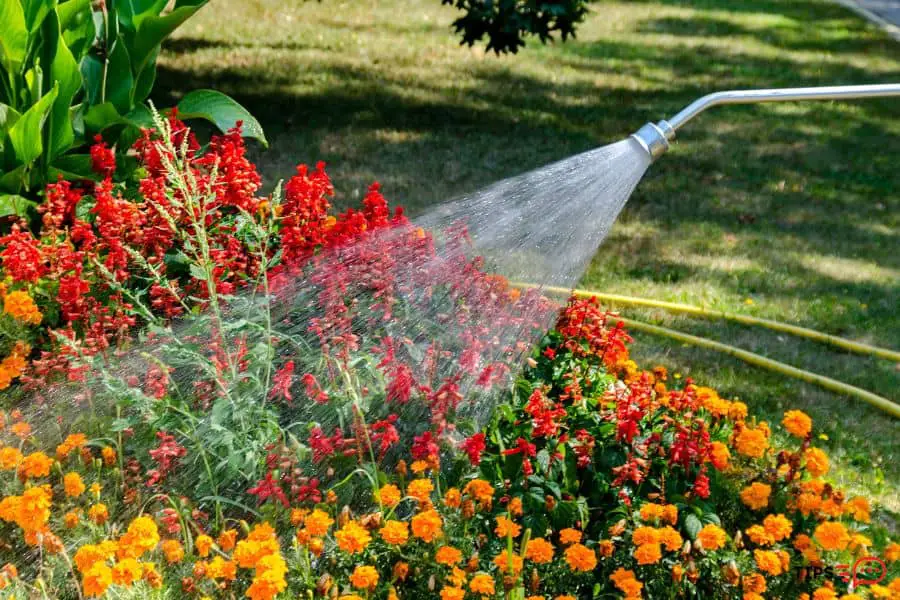
When do you have to Water Your Plants?
You need to water your plants whenever you spot wilting leaves. However, I don’t recommend waiting until they develop wilting leaves. As you may understand, plants with wilting leaves would not be that attractive. Not only that, but it would also make the plants susceptible to diseases. Ideally, you need to keep monitoring the plants and see whether the soil around the plants is dry, and then add some water. In terms of the frequency of watering, it would be best to water the plants once a week.
If you are unsure whether you need to water the plants or not, you could simply place your finger in the potting mix and check on the status of the soil. If you think it is all dry, you need to apply water as quickly as you can.
On the other hand, if you think it is damp, wait a couple of more days and then water. Thereafter, you can go ahead with watering the plants. If you have grown plants in small containers, try lifting them and seeing whether they are heavy or light in weight. If the pot is light, it literally means the plants are dry and it is time to water them.
In terms of the right time to water the plants, I would say the best time would be in the morning. Once you water the plants during the morning hours, the water droplets on the plants’ leaves evaporate as the day goes on. Bear in mind that if the water remains on the plant’s leaves, it will make the plants more susceptible to fungal and bacterial attacks.
What are Best Ways to Water Plants?
Before looking into the best ways of watering the plants, you need to ensure that you are using water at room temperature. Thereafter, check whether the soil is dry. These are two important facts that you need to ascertain before you start watering the plants.
If it is dry, you need to apply water to the soil and make it soak up the water. Further check whether the excess water is draining away from the draining holes in the pots too. If you have placed a saucer under the plants, don’t leave the plant in it for too long, as chances are that the soil will absorb more water from that. Eventually, it would contribute to root rot.
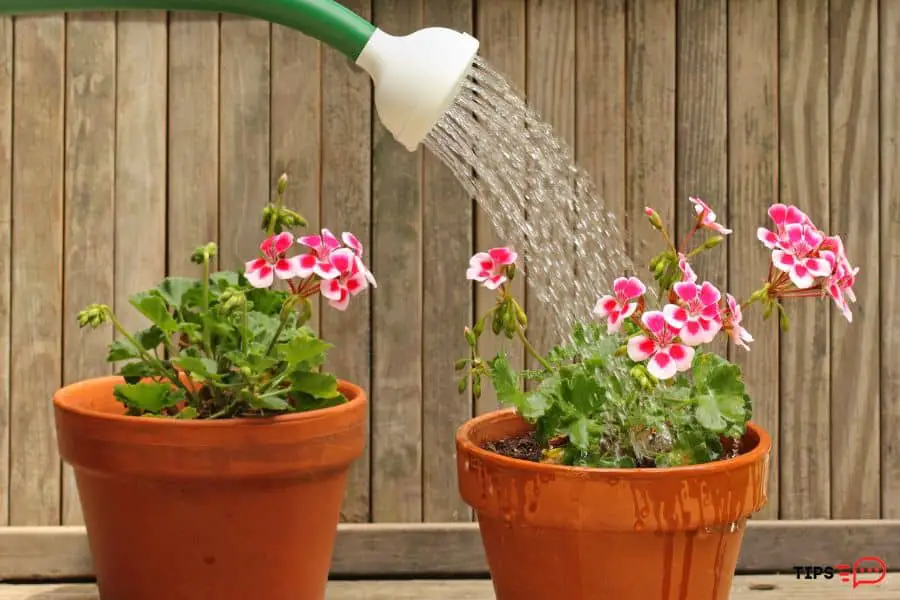
How do you know If you have Overwatered Plants?
If you have oversupplied water, it will make the plants drown. Once there are waterlogged, soggy conditions in the soil, roots will struggle to gain adequate oxygen levels. Ultimately, it would make the plants suffer from root rot, which would turn out to be fatal to the plants often. If you accidentally over-watered the plants, it is very unlikely that they would develop new growth.
Besides, they would develop yellowed leaves too. Further, once the plants go through overwatering conditions, they tend to drop their leaves as well. Apart from that, the plants would start to wilt too. However, some people might get confused, as it is more like a sign of underwatering. That said, if you want to be certain of this, you can check whether the soil is moist to the touch. If it is moist, it literally means that you have over-watered the plants. On the other hand, if the soil is dry, it is very likely that plants have gotten too little water.
In addition to the aforesaid tactics, you could use your nose and smell the plants. Excess water in the plants makes them vulnerable to fungi and bacterial infestations, which would result in unpleasant odors. In fact, you could smell a strong, unpleasant smell if the plants happen to suffer from root rot. If you have oversupplied water, don’t think it is the end of the plants. Instead, allow the soil to dry for some time.
Thereafter, practice the right watering tips and avoid overwatering again. If the plants don’t seem to be recovering, you could consider transplanting them. However, when you repot them, you need to snip off the dead and rotten plant parts using disinfected pruning snips. It is noteworthy that you have used a fresh soil mix as well.
What type of pot do you need to choose to grow the plants ?
The pot in which you grow the plants matters a lot when it comes to practicing the right watering methods. When you freshly purchase the plants, you will most likely get them in temporary containers. They would usually be root bound in those containers. So, if you happen to keep growing in the same grow pots, you will find it difficult to water the plants precisely. Eventually, it would make the plants susceptible to other diseases as well.
So I recommend that you proceed with pots that are in line with the plant’s size as well. In addition to that, the pot should contain sufficient drainage as well.
Do all plants have the same requirements when it comes to water ?
No, the water requirement of the plants is not the same. There are plants that used to grow in different conditions. So, if you are not sure how often you need to water the plants, it is best to do a background search on the plants and then apply water accordingly. If the plants you have are succulents, they don’t require you to water them more frequently. These are a set of plants that have a high tendency to experience root rot with the slightest overwatering.
On the other hand, if you have ferns and calatheas, you need to water them somewhat frequently, as they want to stay moist all the time. So, as you may realize, understanding the plants’ specific needs in terms of watering is quite critical before you start watering the plants.
Always water the soil and not the leaves
Keep in mind that you should avoid dropping water droplets on the leaves when watering the plants. So if you are using a water can, make sure the sprout of the water can is right beneath the leaves, pointing to the soil. If you end up splashing water on the leaves, it will result in pathogen attacks on the plants.
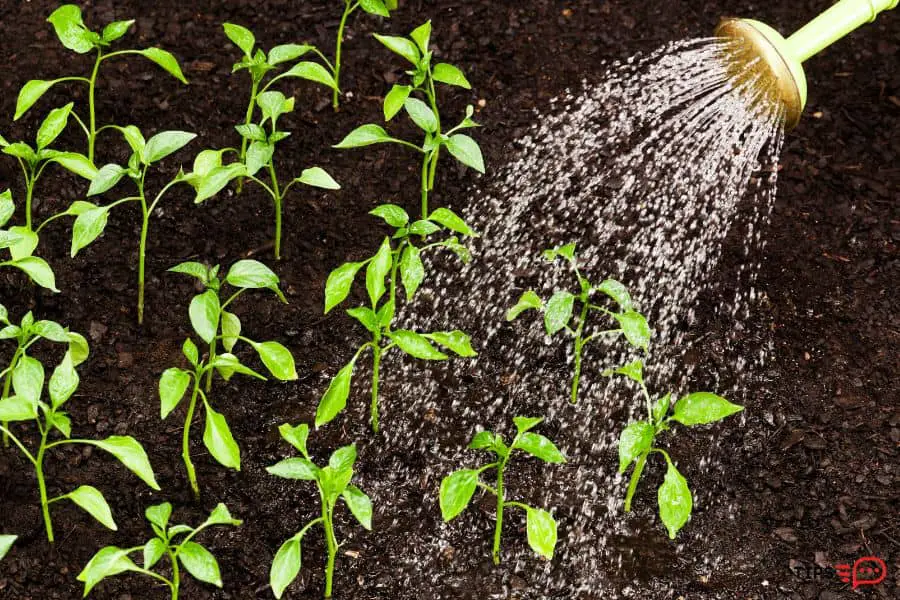
How should you water the plants
Always remember to water the plants thoroughly and evenly. If you happen to water only one side of the plants, you could see the plant growing towards that side only. So, if you wish to have lush growth all over the plants, ensure that you water them evenly.
Dump our any excess water
I am sure you don’t like to have wet shoes or wet socks on your feet. So, you can think of the plants from that perspective as well. Literally, they also don’t prefer to grow in wet soil. If you expose the plants to waterlogged conditions for prolonged periods, needless to say, it will make the plants rot. So, if you see any excess water after you water the plants, ensure that you remove it as fast as you can.
Always think on the season before water the plants
Many plants would go dormant during winter as they would be preserving energy for their active growing seasons. Due to this, you need to provide only a very little watering during this period for your beloved plants. Apart from that you need to be mindful of the required optimal temperature and the optimal humidity levels of the plants as well. Always try to replicate the conditions the plants get in their natural habitats when you cultivate them.
Final words
You need to have some sort of experience to water the plants precisely. However, once you get the hang of doing it, it would be quite an easy task to do. However, it is important that you know when to water the plants and how to water the plants, as it will have a great impact on the plants’ healthy growth.
Bear in mind that the mistakes you make in watering would be quite harmful for the healthy growth of the plants. So, be mindful of the facts that are explained here so that you can be a master at watering. Besides, it would help you to be confident in gardening as well.
Read Next : How To Save A Dying Staghorn Fern? (Don’t Let Them Die)
Read Next : Ceanothus Care And Propagation (Easy Guide)
Read Next : Epimedium Care And Propagation ( Easy Guide )

